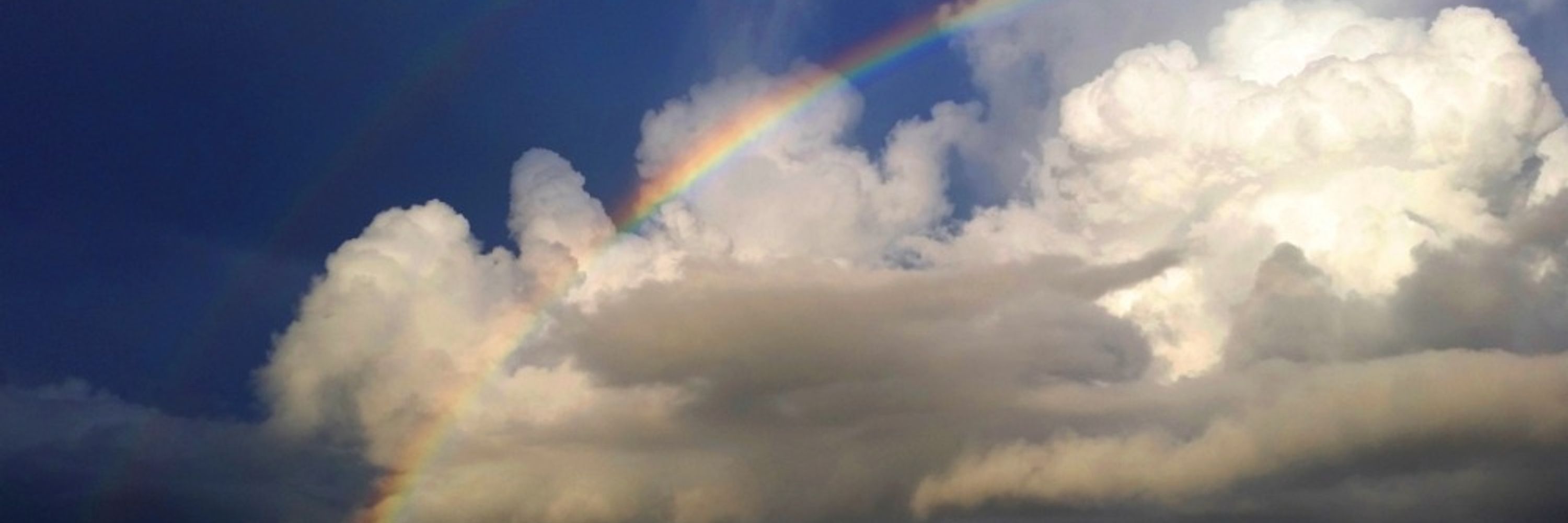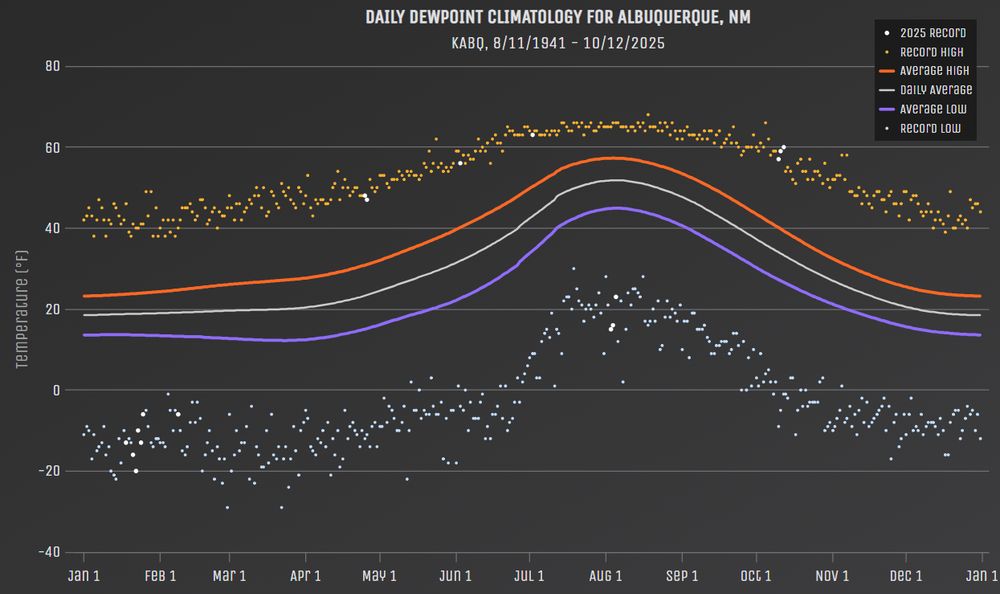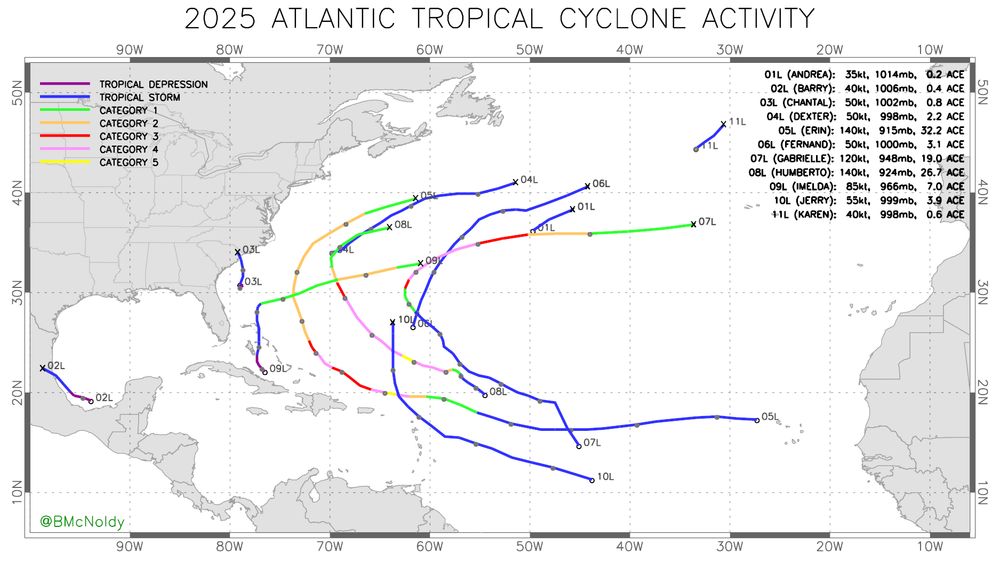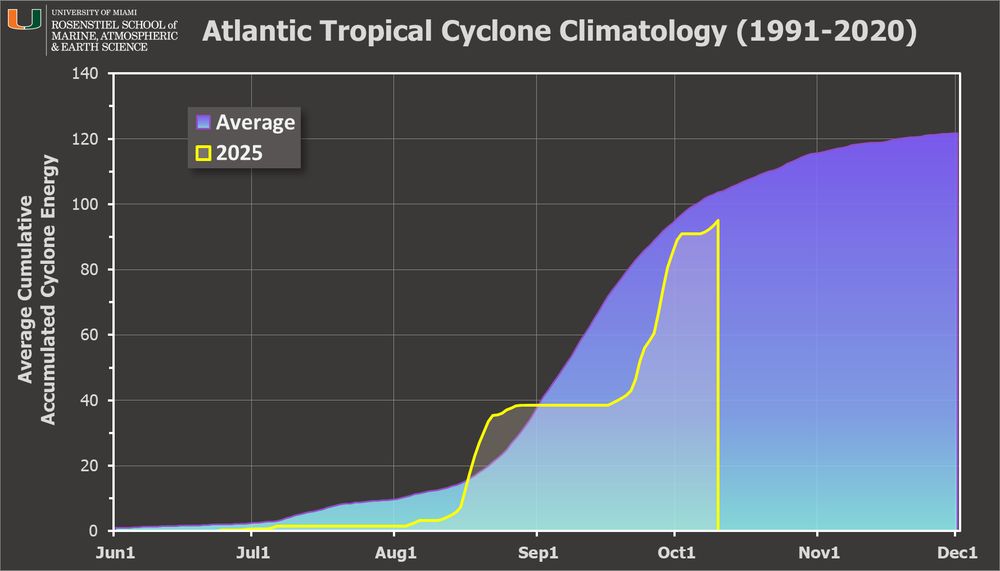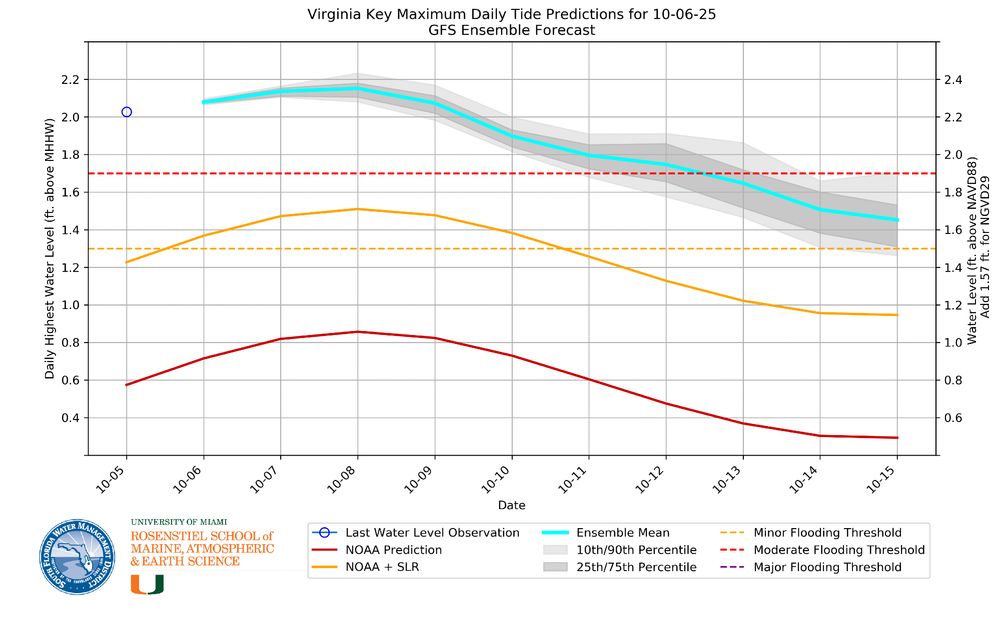Brian McNoldy
@bmcnoldy.bsky.social
13K followers
2.1K following
1.5K posts
Univ. of Miami hurricane researcher 🌀 living in New Mexico 🏜.
Husband and dog dad. 🏳️🌈
https://bmcnoldy.earth.miami.edu/
Posts
Media
Videos
Starter Packs
